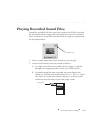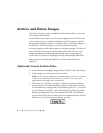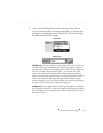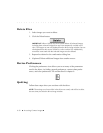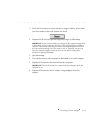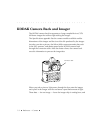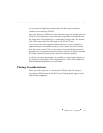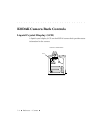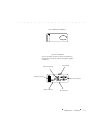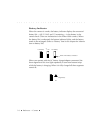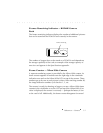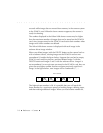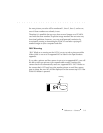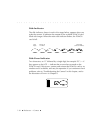
. . . . . . . . . . . . . . . . . . . . . . . . . . . . .
Reference — Camera 7-3
are converted to digital form and stored with other data in dynamic
random access memory (DRAM).
Once the data are in DRAM, the data from the image are transferred to the
PCMCIA card. Hardware in the camera back generates a thumbnail from
the image data. The thumbnail is a subsample of image data. The thumb-
nail is then stored with the full image on the PCMCIA card.
You can use one of the supplied software drivers on your computer to
update firmware (nonvolatile memory) in the camera back that controls
how the camera works. This is a key feature since this design means it is
possible for you to update camera firmware yourself as it may be released
by Kodak instead of returning the camera for firmware updates.
A self-test of camera performance is available to you through a button on
the Camera Control panel of the software drivers. This can be helpful for
field troubleshooting before you call Kodak.
Timing Considerations
When you take a picture, it is first stored in DRAM; then the image is
moved from DRAM onto the PCMCIA card. Timing details appear in the
Specifications appendix.



